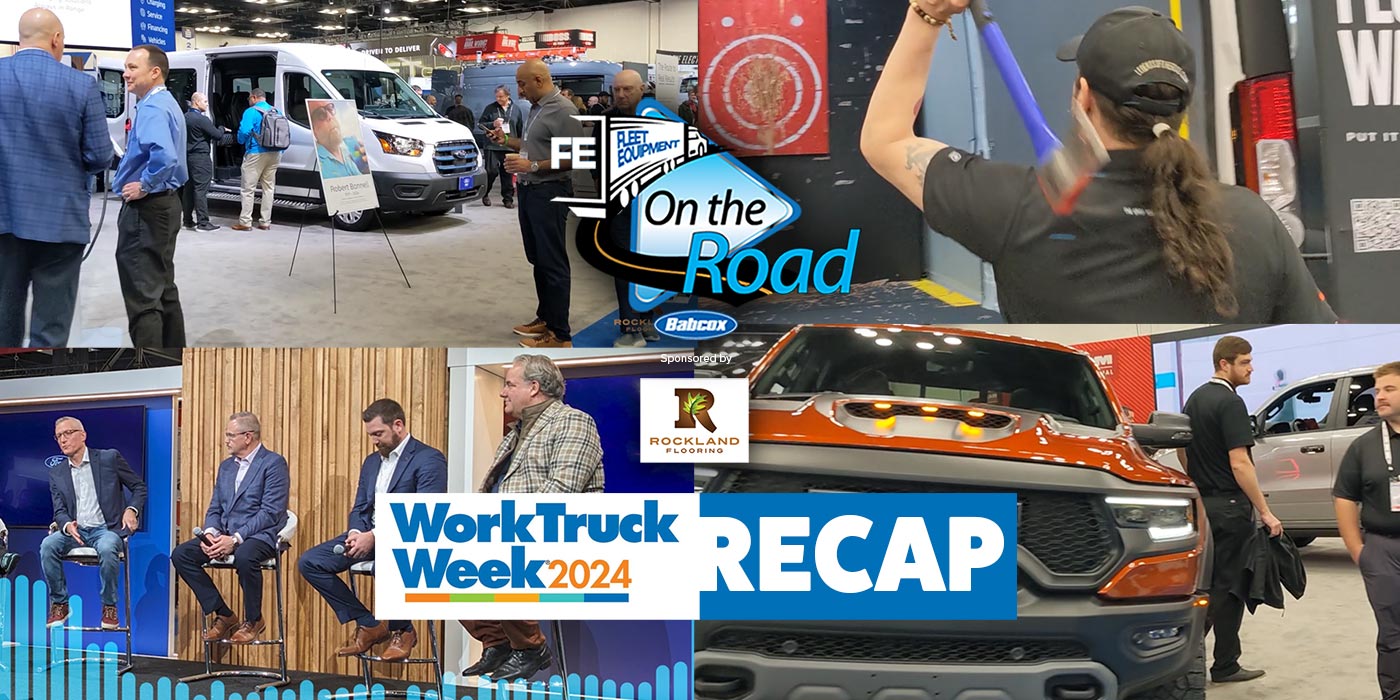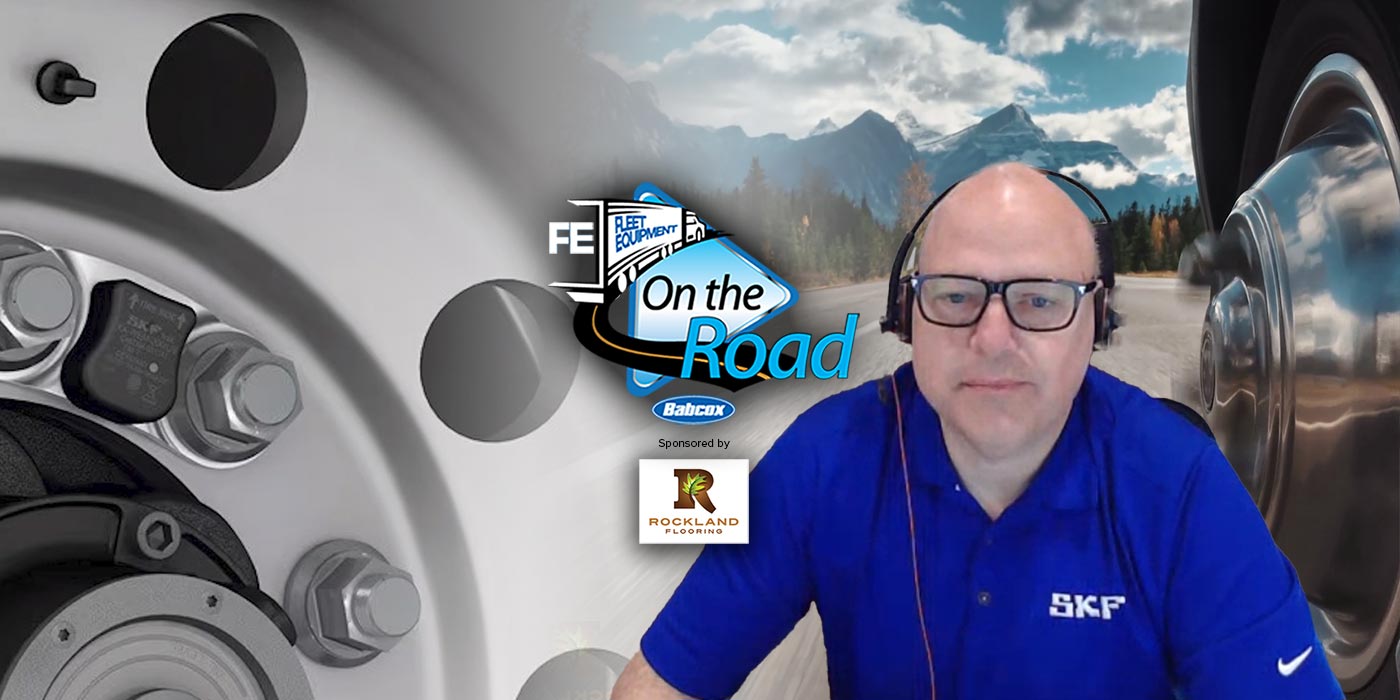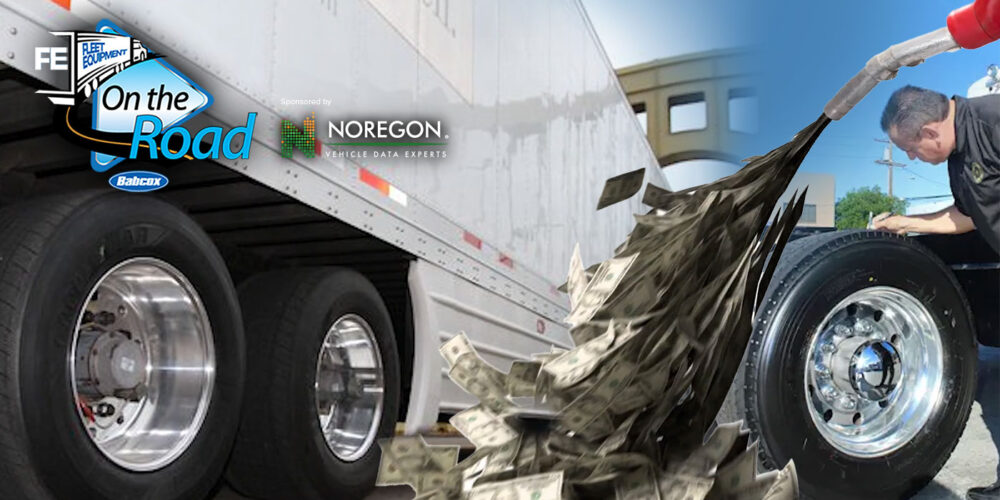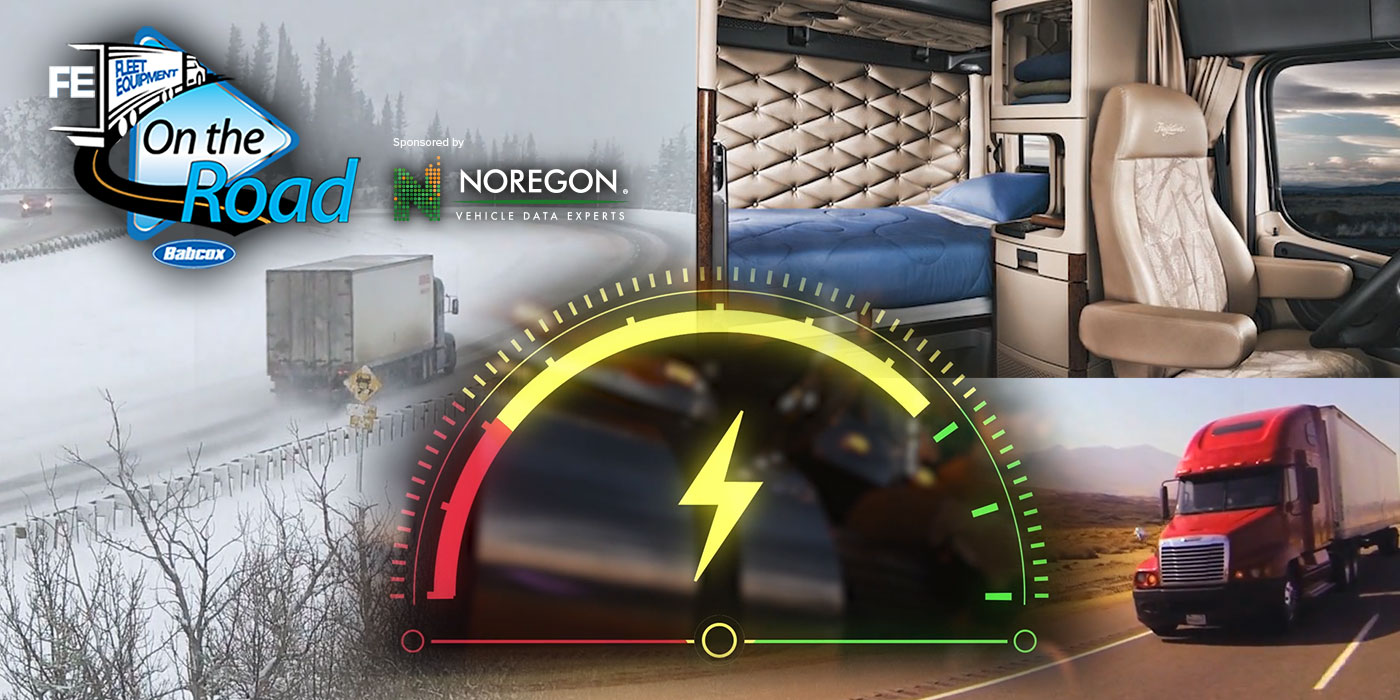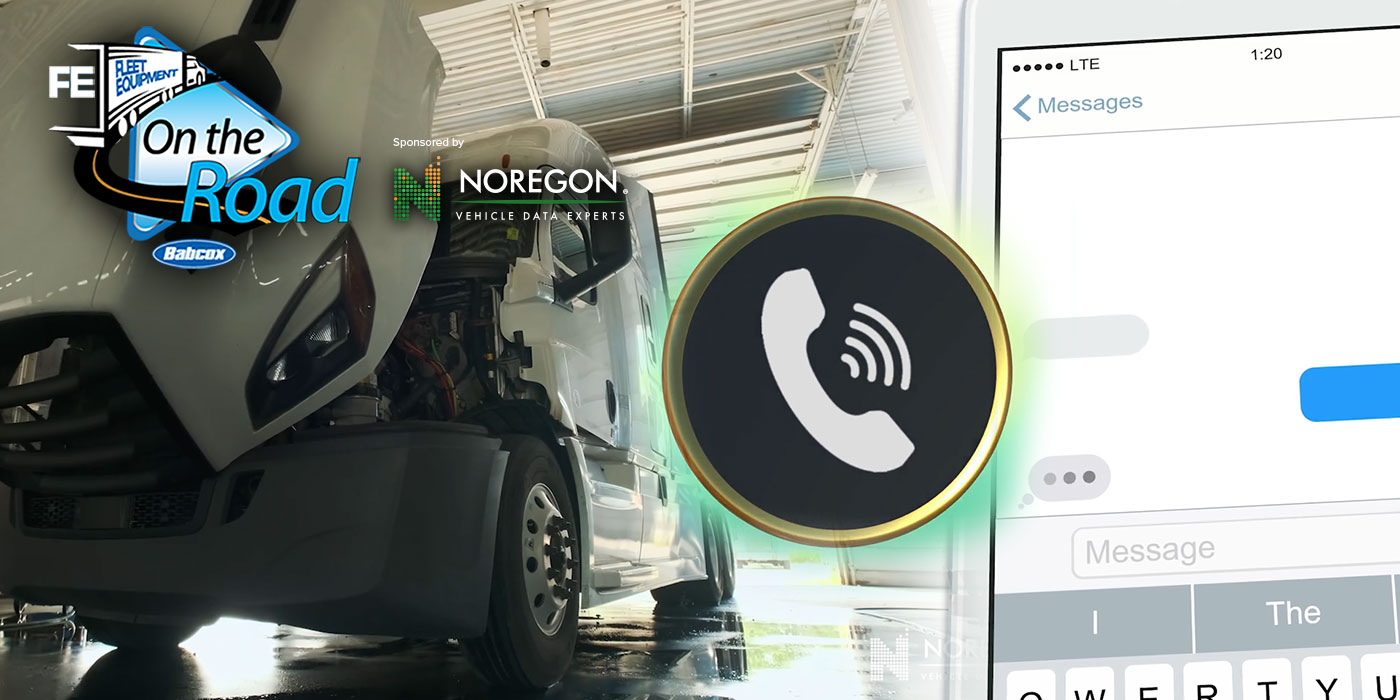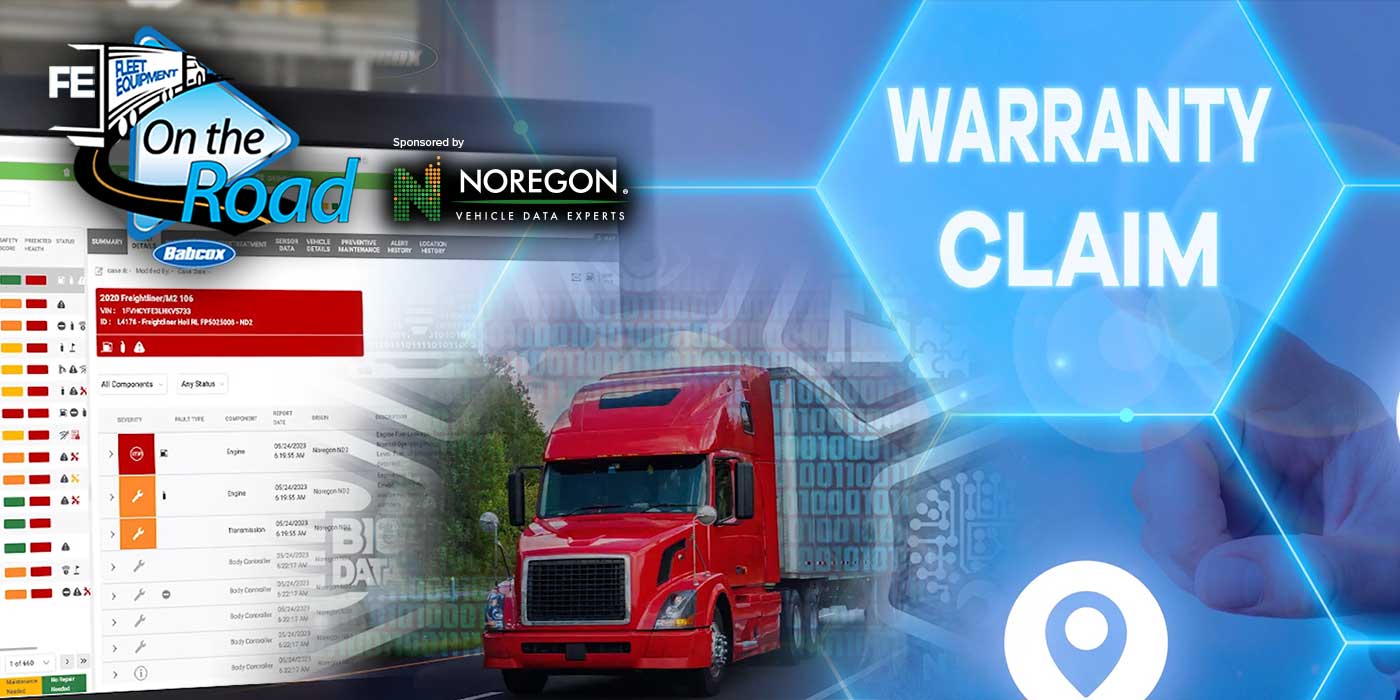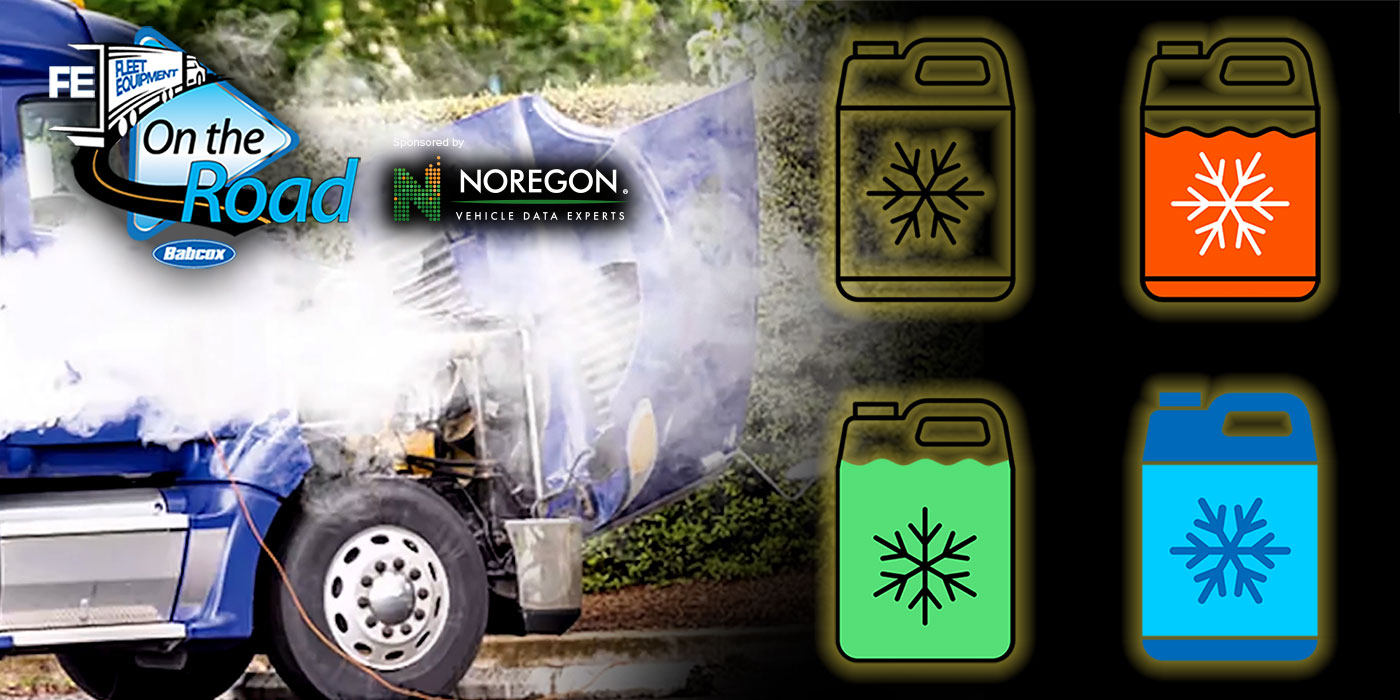The trucking industry is so much fun because it’s so diverse. Every fleet has different needs. Every application requires different trucks, each truck needs different components, each meeting minute specifications. And every one of those components plays an important role in both uptime and ROI.
Take your wheels, for example. More than just equipment that holds a truck’s tires on, wheels can make a huge difference in a variety of nuanced truck specs. Are you interested in light-weighting equipment? There’s a wheel for that. Worried about your finances, aesthetics or driver preferences? There are wheels for all of that.
Click here to watch more of FE’s On the Road video series.
Let’s home in on light-weighting – an important stat for many reasons, one big one being that the North American Council for Freight Efficiency says that light-weighting technologies save between .5 and .6% of fuel per 1,000 lbs. of weight reduction. So, going from a wheel that weighs, say, 65 lbs. down to a wheel that weighs 38 lbs. would save about 450 lbs., or approximately .2% of fuel on that truck. That might not sound like much, but extrapolate that over a year’s worth of fuel, and that’s a ton of truck bucks back in your pocket.
Some fleets also use their wheels to enhance the safety of their truck, turning to an ultra-reflective rim flange and surface to bring additional brightness to the world, and thus more visibility to the truck.
Beyond these low-tech specs, wheel manufacturers are also addressing the increasing use of on-board truck telematics by developing technologies that work with tires and vehicle systems. One example is in the Tire Pressure Monitoring System, or “TPMS” arena.
For example, consider the cap that goes on the valve stem. It’s a critical component that physically connects the tire to a TPMS system. Operators can easily remove the TPMS cap to put air in a tire and put it back on, but that cap can get lost, and once it’s gone, the TPMS is no longer valuable. As a result, some wheels are now built to feature a second valve stem, so the TPMS sensor can operate on one valve while air pressure is serviced on the other. That’s pretty cool.
TPMS isn’t all there is in the world of wheel telematics, though. Fleets managers or drivers with smart, connected wheels can be warned before a potential issue in the wheel OR tire arises, and as a result, should see increased uptime for their trucks.
So, next time you’re thinking about new tires, give your wheels some thought, too. If you haven’t considered them in a minute, you might be surprised how times have changed.


